SUMMARY
This is AI generated summarization, which may have errors. For context, always refer to the full article.
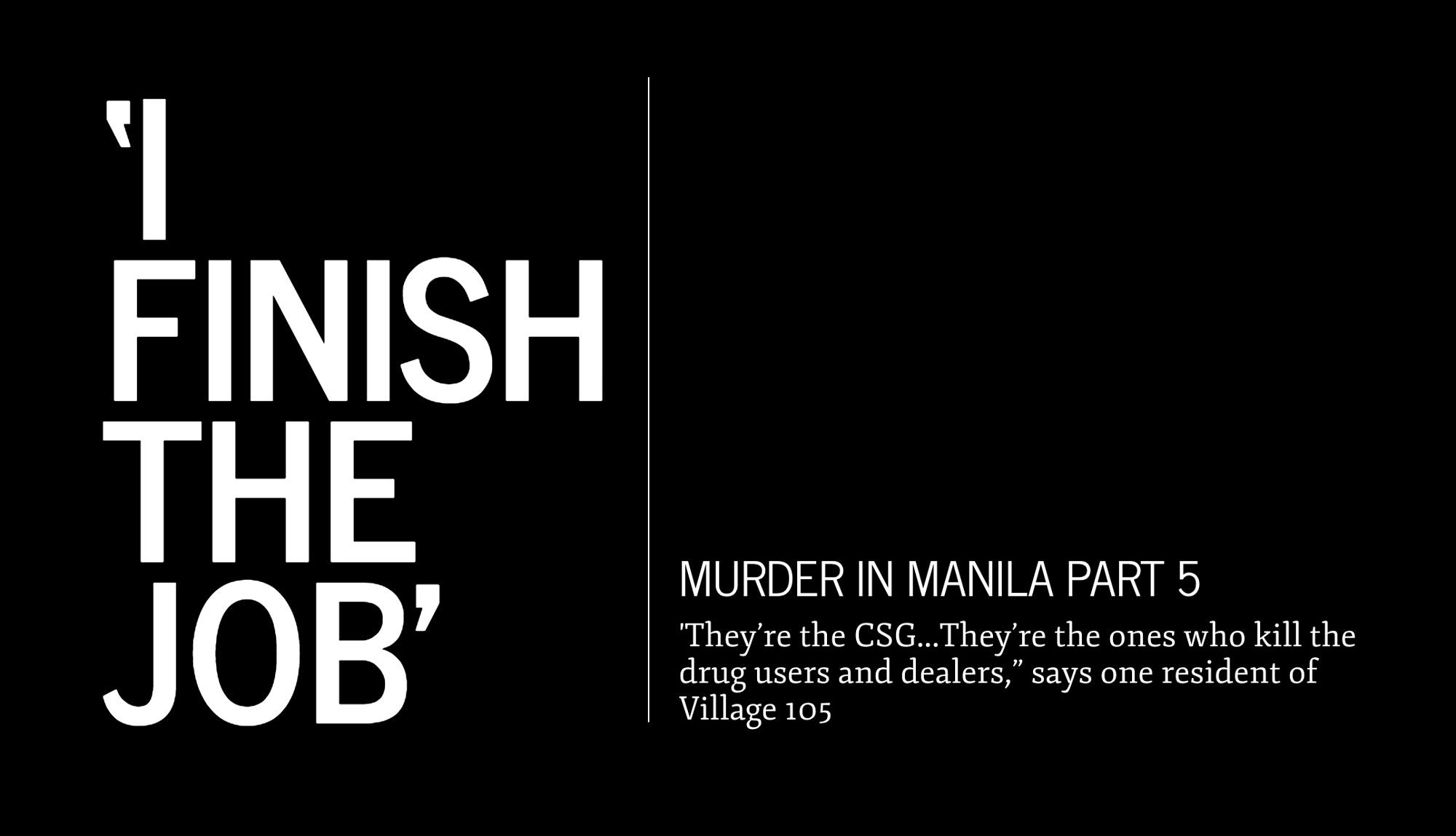
This compilation was migrated from our archives
Visit the archived version to read the full article.
After more than two years and an estimated 23,518 deaths under investigation, Rappler tells the story of Rodrigo Duterte’s drug war from the eyes of the killers.
In early 2017, the Philippine National Police (PNP) arrested members of a vigilante gang suspected of preying on drug suspects and criminals in Tondo, Manila. The group was a local chapter of the Confederate Sentinels Group (CSG), a national volunteer organization that the police had officially accredited as force multipliers.
Rappler’s 6-month investigation shows strong indications that the police were outsourcing extrajudicial killings to the same vigilante gang they accused of murder. According to individuals with knowledge of CSG Tondo Chapter 2’s activities, officials of the PNP coordinated with vigilantes, took credit for murders, and on occasion paid for assassinations in the name of the war against drugs.
This fifth of seven stories, published in installments, includes on-the-record testimony from community members as well as two of the CSG’s self-confessed vigilantes. At their request, Rappler has changed or withheld their names for their own safety. Angel and Simon are not their real names.
In mid-2016, after the election of President Rodrigo Duterte, rumors of an armed group of vigilantes began spreading across the tenements and shanties of Village 105 in Tondo. The men would patrol late at night, sometimes at dawn. One resident who saw them pass by on his way home asked who they were.
“They’re the CSG,” he was told. “They’re the ones who kill the drug users and dealers.”
By November, the CSG reached new levels of notoriety. “Even the village watchmen were afraid of them,” said one resident. A woman Rappler spoke to said she was afraid one of the children would get shot in the crossfire. Most of the walls in the area were made of plywood. “They shoot like cowboys,” she said.
“At first I didn’t believe the story,” said a local volunteer. “But I was friends with some of the members, and they were pretty vocal about what they called their job. They were real, and they were killing.”
Those who found out who the group’s targets were quietly informed neighbors their loved ones were in danger. Brothers and fathers and sons were sent out of Tondo to hide. “I couldn’t sleep knowing the names of people who were about to die,” said one Tondo resident. “I went to each of their mothers. I told them to run.”
The deaths were sometimes reported in the news, part of the count of alleged drug suspects gunned down on a daily basis across the country. They included, among others, a man named Ernesto Sabado, who had been released from jail for a robbery case days before he was killed.
Rappler’s sources, residents in the area, said Sabado had been dragged out of his Temporary Housing unit in Tondo. “They shot him outside the hall,” said one source. “In the hallways of the building, in front of everybody.”
According to a report in a tabloid Abante Tonight, Sabado had been killed in front of his “pleading mother” on November 15, 2016. Tempo, another tabloid, noted how Sabado had been “shot dead by his neighbor and two cohorts who forcibly entered his house in Tondo, Manila.”
The tabloids quoted a Manila Police District investigator as saying authorities were hunting down the three suspects, including a certain “June Alejan, neighbor of [the] victim.”
Angel, a self-confessed vigilante who spoke to Rappler, confirmed that Ernesto Sabado was one of CSG Tondo Chapter 2’s kills. He also named Alejan.
Rappler could find no records showing any arrests or charges against the killers of Ernesto Sabado. (Rappler filed a Freedom of Information request at the Manila Police District for the case folder pertaining to the investigation. There has been no response.)
Roughly three months after Sabado was killed in front of his mother, the same man accused of his death was again implicated in another murder. Alfredo Alejan Jr, alias “Jun,” was arrested by police for the murder of a 16-year-old boy named Charlie Saladaga. Alejan was among the three alleged vigilantes arrested and presented to the media by top brass of the Philippine National Police.
A check on Alejan’s booking sheet showed he lived in the same building as Ernesto Sabado in Vitas, Tondo.
***

HOME. A man sits in one of the Temporary Housing buildings in Helping Complex, Village 105, Tondo, Manila. Photo by Carlo Gabuco
At past 4 in the afternoon of February 9, 2017, Manila Police District Director Joel Coronel told the national media that a rogue group of vigilantes had been operating in Tondo for at least five months. Coronel said the police “have monitored through several complaints that this group has been engaged in summary killings of alleged suspects in criminal activities.”
Three men were arrested in a police raid: Alfredo “Jun” Alejan Jr, Manuel “Joel” Murillo, and Marco “Naldo” Morallos.
“These suspects are members of a civilian volunteer organization allegedly involved in our Barangay Peacekeeping Action Teams, our BPATS,” Coronel said. “They were further accredited with our Police Community Relations Group. Supposedly they are assisting the PNP in maintaining peace and order.”
While at first unwilling to name the head of the purported vigilante group, referring only to a “Commander,” Coronel later named the suspect after questioning by a reporter.
“The commander is a certain Ricardo Villamonte, the alleged leader of the Confederate Sentinel Group, the CSG,” said Coronel.
For months, Rappler had been attempting to interview Ricardo Villamonte, also known as “Commander Maning.” It was only on the day before publication of the first story in the series that Rappler caught up with the controversial CSG leader.
At eight in the morning of October 3, Commander Maning was waiting outside the village 105 hall. He said he was there to bring his child to school. He was reluctant to speak, and only answered a few questions on the record before swinging a leg over his motorcycle and insisting he had to leave.
Commander Maning is a short man, just a little over five feet tall. He stands with his feet splayed, the big heavy belly tucked under a bright yellow shirt that stretched at the seams.
Yes, he said, he was part of CSG Tondo Chapter 2. Yes, he was the one chosen to lead them, for no other reason that he was already the president of the local homeowners’ association in Aroma, Tondo. Yes, he and his men helped patrol the village, but it was “for peace and order, so that there would be no snatchers and no riots, and we told off the ones who are trouble.”
He said he had been dragged into the allegations, but added, “I have nothing to do with any of it.” He also dismissed claims by sources who told Rappler he led vigilantes working for CSG Tondo Chapter 2. “Did they see anything?” he asked. “What right do we have to kill? We’re not cops.”
The police, said Commander Maning, “were really wrong” to accuse them.
“How can we be vigilantes when we’re just here?” he asked Rappler. “We’re not doing anything. We help the village officials.”
 style=”display: inline;”>
style=”display: inline;”> style=”display: inline;”>
style=”display: inline;”>OUTPOST. Photos of the facade of the CSG Tondo Chapter 2 outpost photographed in January of 2017 show the names of CSG officials as well as members painted on the outside walls.
The former outpost of the Confederate Sentinels Group Tondo Chapter 2 sat along Road 10, a short walk away from the Smokey Mountain Police Community Precinct (PCP).
It was that proximity that many of Rappler’s sources pointed to when asked about the killings that police claimed were the responsibility of CSG Tondo Chapter 2.
“We were confident,” said Simon, a self-confessed vigilante, “because if we show the police our ID, or even if we didn’t have ID to show, we just give them our names and say we’re Commander Maning’s men. They’ll hold us at the PCP…They’ll take us for a ride and hold us. If they prove we’re positive [as CSG], they let us go.”
Rappler’s sources said the outpost just under an overpass was mess hall and barracks and war room combined, where anyone on the job could trade a gun if he didn’t like what he had. Inside the outpost, names and pictures of the members were posted on one wall. A whiteboard with a hand-drawn chart listed shift schedules. Outside, the CSG logo was painted on the blue walls, along with Alvin Constantino’s name as director, Commander Maning’s name – Ricardo Villamonte – as commander, and the names of nine of the chapter’s members.
“So Maning had his name up there,” snickered Angel, another self-confessed CSG vigilante. “It said commander. He put it [his name] up there so people would show respect. Of course people were scared of the commander, and all the other people who had their names on the wall.”
The list of dead targets grew longer, said Simon. He knew most of the targets by their aliases: Toyo, Joseph, JC, Antonio, Pinuno, Sitoy.
Not every target was killed on police orders, said Simon. One woman on the target list, a dealer the locals called “Mommy,” knew there was a hit out and refused to leave her house. “So they took it out on her son instead.”
Another man, a former CSG member, was killed on the way to the outpost. “We found out he was positive [for dealing drugs],” said Simon. “After our operation we followed him and killed him.”
On October 4, 2016, the media reported the death of a 36-year-old garbage collector named Albert Franco. A newspaper report said Franco, described as a CSG member and resident of Village 105, was shot in the head by unknown assailants. He was reportedly killed at 10:45 in the evening as he was walking a short distance away from PCP Smokey Mountain, on his way to the CSG outpost. His partner told reporters, however, that Franco had no vices or enemies.

ANGEL. Angel, who requested that his name be changed for this story, says the police were well aware of the CSG’s alleged vigilante activities. Photo by Carlo Gabuco
“It depends on the orders,” said Angel. “Doesn’t matter if you’re a kid or an adult. That’s how it works. If Maning says to kill you, because the police paid him, he’ll say, ‘Go, drop the guy, he’s pissed off a lot of people inside. Do it.'”
This was what happened, said the vigilantes, once Commander Maning announced a target. The surveillance team would fan out. There would be maybe four, maybe six men. They would watch the target for days, from across an alley or on the stoop of a corner store.
They would listen when plans were made, befriend neighbors, and note when children come home. They would ask who else lived in the house and admire the paint on the walls.
Sometimes the surveillance men would look through windows, or knock on the door to purchase a sachet of meth – no problem, no worries, here you go, the folded hundred-peso bill just a quiet deal between friends.
Once the target was “positive,” a team would be selected. “Someone would go, ‘You, you, and you, go with him so it’s safe,’” said Angel, pointing at imagined cronies. “Four in front, the rest to the side. In every area you have a backup. That corner, two backups there. Those in front are on motorcycles. On the other side, two more. So the target is safely down, and no screwups.”
Sometimes they would use a van one of the members owned, sometimes a motorcycle with unregistered plates. If the target survived the first shot, there would be another man waiting. He could be sitting at an outdoor canteen with a bowl of noodles. He could be on his phone, standing by the side of the road. He only moved once the target fell and the shooter ran. If the target twitched, he would fire the killing shot. They called him the finisher.
“I finish the job,” Angel said. – Rappler.com
To be continued: PART 6 | ‘There Are Snakes Everywhere’
PART 1 | ‘Some People Need Killing’
PART 2 | ‘The Cops Were Showing Off’
PART 3 | ‘Get It From The Chief’
PART 4 | ‘What Did The CSG Do Wrong?’
Conclusion: PART 7 | ‘It’s War’
Editor’s Note: All quotes in Filipino have been translated into English. Rappler filed two Freedom of Information requests with the Manila Police District for case folders pertaining to investigations on murders allegedly committed by CSG Tondo Chapter 2. There has been no response. Rappler also requested an interview with former Manila Police District Director Joel Coronel. There has been no response as of publication.
On October 8, four days after the publication of this series’ first story, Philippine National Police Chief Oscar Albayalde dared any witnesses of vigilante killings to file affidavits and testify about police involvement. “We’ll be very much willing to investigate that,” he said at a press briefing in Camp Crame. The police chief earlier denied Rappler’s request for an interview.
Add a comment
How does this make you feel?


![[The Slingshot] Lito Patay’s 4 hours and 38 minutes of infamy](https://www.rappler.com/tachyon/2024/07/Lito-Patay-4-hours-infamy-July-19-2024.jpg?resize=257%2C257&crop=233px%2C0px%2C720px%2C720px)

![[The Slingshot] A Duterte and Bato cop named Patay](https://www.rappler.com/tachyon/2024/06/tl-lito-patay.jpg?resize=257%2C257&crop=322px%2C0px%2C720px%2C720px)




![[Uncle Bob] No whores at the Oarhouse](https://www.rappler.com/tachyon/2024/06/oarhouse-june-28-2024-2.jpg?resize=257%2C257&crop=414px%2C0px%2C1080px%2C1080px)


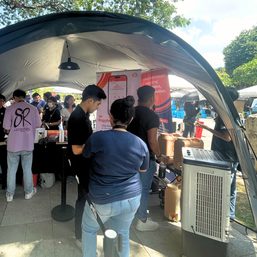
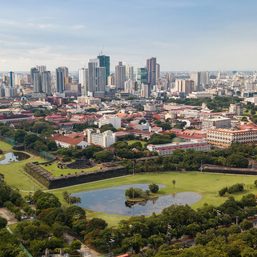
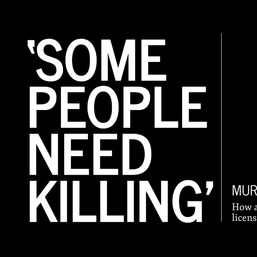

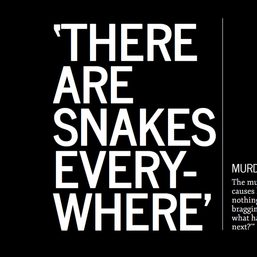







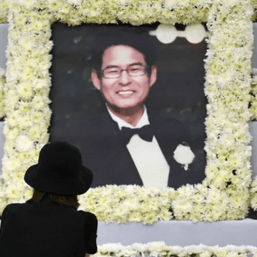
![[OPINION] Rodrigo Duterte and his ‘unconditional love’ for China](https://www.rappler.com/tachyon/2024/04/rodrigo-duterte-xi-jinping-august-2019.jpeg?resize=257%2C257&crop=91px%2C0px%2C900px%2C900px)



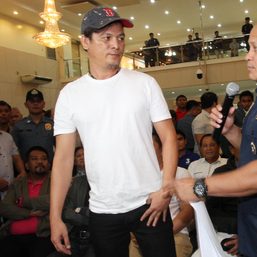
There are no comments yet. Add your comment to start the conversation.